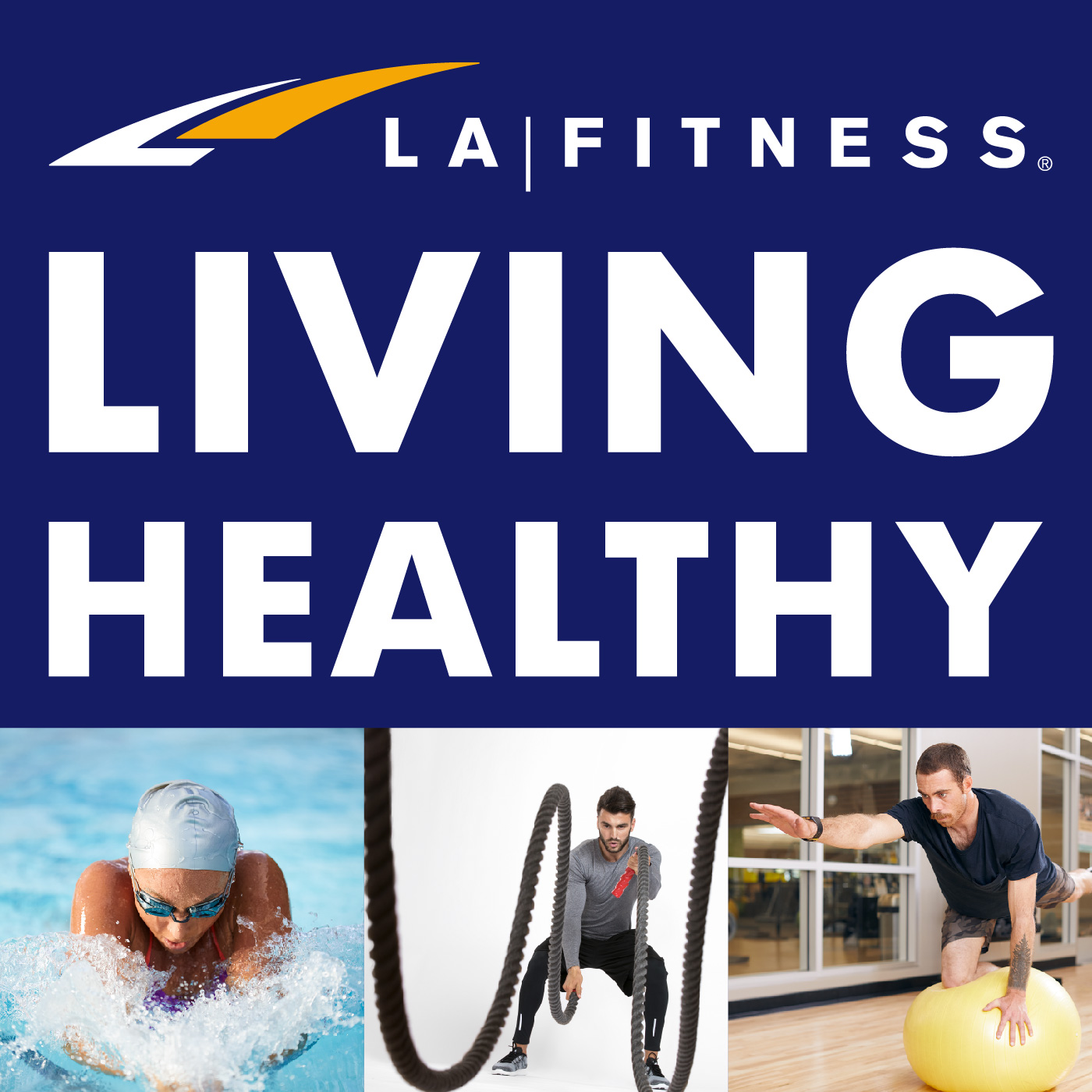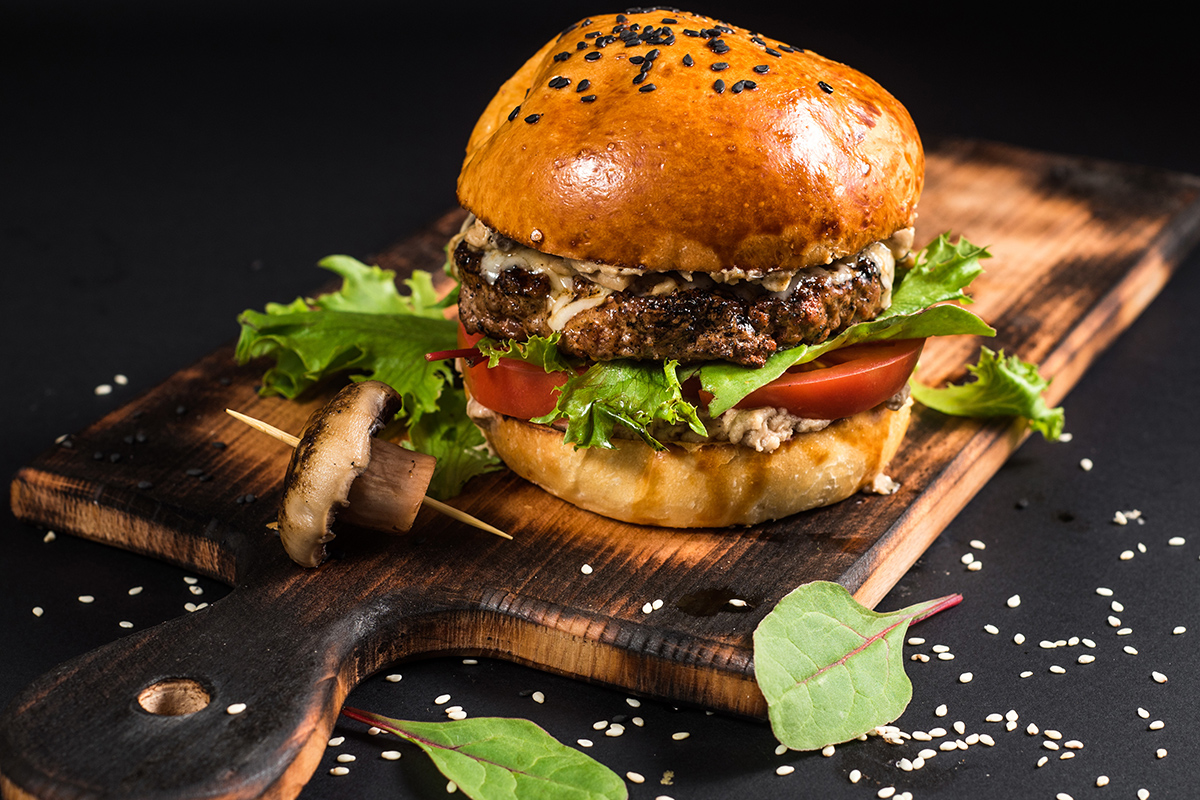Beef is from nature and beans are from nature… But highly processed foodstuffs made from either of them aren’t as healthy and definitely aren’t considered natural. Fresh, lean red meat offers high-quality protein, is rich in niacin, selenium, zinc, and vitamins B6 and B12, and is a good source of potassium. Unfortunately, the way typical Americans prepare ground beef – exposed to high heat until charred – creates compounds harmful to health1. With the newer meat analogs, there’s a concern over preservatives, sodium, additives like smoke flavor, artificial colors, and other factory-derived proprietary ingredients2.
Sure, we can pick them apart individually* and talk about isolated ingredients, but it may be wise to focus on the bigger picture of one’s overall diet first3. Health agencies and experts most often recommend a varied diet rich in antioxidants and vegetables, moderate in fat, with adequate micronutrients, protein and fiber1. So, it makes a difference if these newer veggie burgers replace meat or take the place of raw plant foods, and how often they do so.
There’s a growing body of research supporting the risks of red meat consumption1 and the health benefits of replacing animal proteins with plant proteins4. Compared to pure ground beef patties, plant-based burgers are naturally devoid of cholesterol and vitamin B12, may be lower in saturated fat, are higher in fiber, but are also higher in sodium3. Compared with traditional DIY veggie patty recipes that call for minimal ingredients (beans, grains, vegetables, and mushrooms), they’re lower in fiber and are higher in sodium.













 Have a nutrition question? Our registered dietitian is ready to help!
Have a nutrition question? Our registered dietitian is ready to help!
